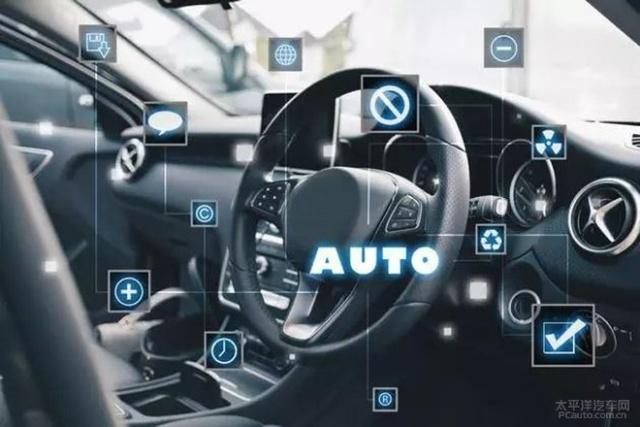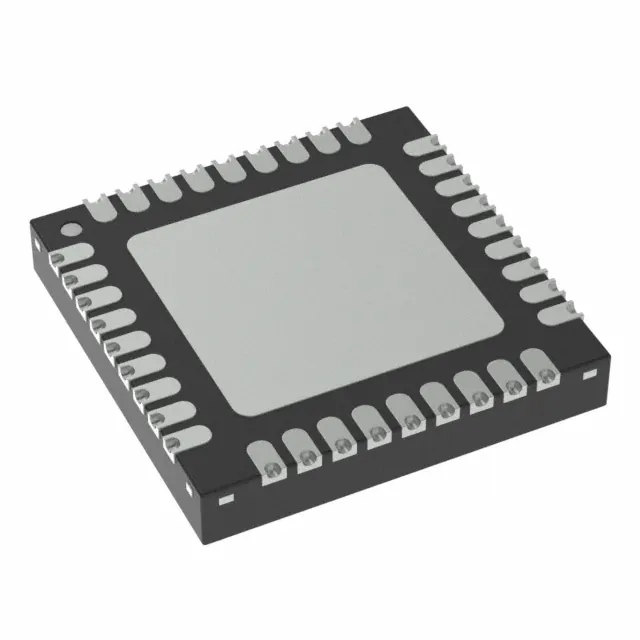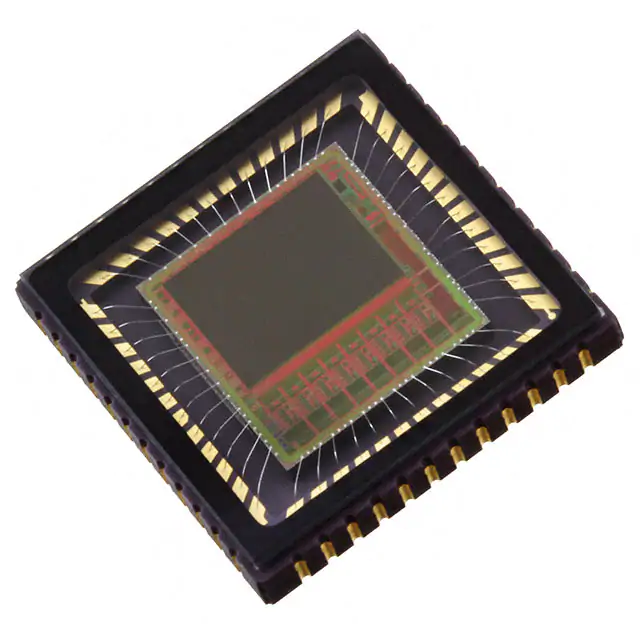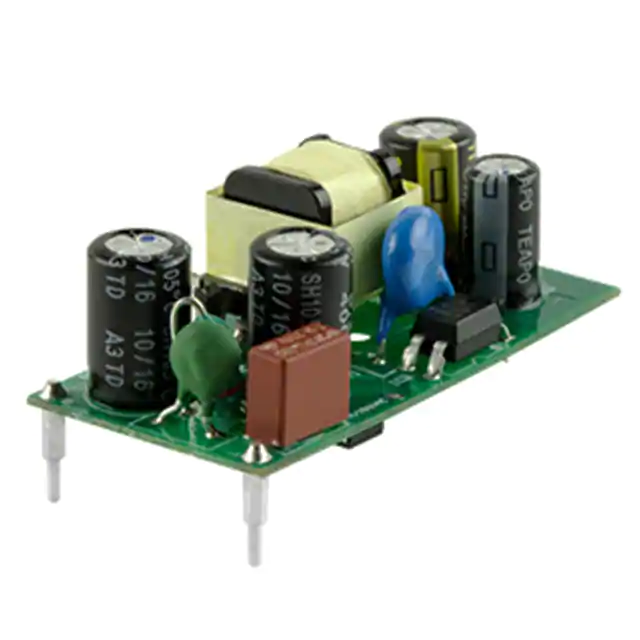
The rapid development of autonomous driving technology, especially the emergence of autonomous travel services like "Radish Fast Run", is quietly changing the way we live and work. This technology not only greatly improves traffic efficiency and safety, but also has a profound impact on the job market at a deep level, especially in traditional driving and related industries. This article will explore how autonomous driving technology will lead to the displacement of jobs by AI technology, and the socio-economic implications behind this change.
The rise of self-driving technology
Autonomous vehicles, through the integration of sensors, cameras, radar, GPS and advanced algorithms, can achieve autonomous navigation, decision-making and control of the vehicle, greatly reducing the need for human operation. Taking Baidu's "Radip Fast Run" as an example, as China's first platform to provide self-driving travel services to the public, it not only shows the maturity of autonomous driving technology, but also indicates the arrival of an era of intelligent travel.
The impact of AI technology on jobs
1, direct post replacement: the most intuitive impact is reflected in the professional driver group. With the popularization of autonomous driving technology, traditional driving positions such as taxi drivers and truck drivers will face the risk of reduction. This workforce may need to shift to other fields or be retrained to meet new job market demands.
2, the reshaping of the industrial chain: the promotion of autonomous driving technology will also drive changes in the relevant industrial chain. For example, there is a surge in demand for professionals in areas such as high-precision maps, on-board sensors, and AI algorithm development. At the same time, emerging positions such as vehicle maintenance, data processing and analysis, and network security will also become a new hot spot for employment.
3, indirect impact: In addition to directly related industries, autonomous driving technology may also indirectly affect logistics, insurance, urban planning and other industries. For example, the automation of goods transportation in the logistics industry will increase efficiency, but at the same time may reduce the need for traditional logistics personnel; The insurance industry will need to adapt its risk assessment models to the new challenges posed by autonomous vehicles.
Socio-economic significance
1, efficiency and safety improvement: automatic driving technology can effectively reduce the traffic accident rate, improve the efficiency of traffic flow, in the long run is conducive to the overall progress of social economy.
2. Labor transformation: Although some jobs may be lost in the short term, in the long run, technological progress promotes the transfer of labor to higher-skilled and higher-value-added jobs, which helps to improve overall labor productivity.
3. Innovation and economic growth: The development of autonomous driving technology has promoted the growth of high-tech industries and provided new impetus for economic growth. At the same time, it has provided a broad stage for innovation and entrepreneurship and stimulated economic vitality.
The application of autonomous driving technology and the AI technology it represents is undoubtedly triggering a profound structural change in employment. In the face of this trend, enterprises and all sectors of society should actively respond, through the reform of the education and training system, help the labor force adapt to the new technological environment, and promote the smooth transition of the labor market. At the same time, we should encourage technological innovation, seize this historical opportunity, and promote the comprehensive transformation and upgrading of the economy and society. In the wave of autonomous driving technology, challenges and opportunities coexist, the key lies in how we grasp and cope with wisdom.
The Products You May Be Interested In
 |
AMI-29-30-6 | LINE FILTER 110/250VAC 30A CHAS | 334 More on Order |
 |
AMI-27-12-3 | LINE FILTER 250VAC 12A CHASS MNT | 284 More on Order |
 |
AMI-27A-12-1 | LINE FILTER 250VAC 12A CHASS MNT | 126 More on Order |
 |
AMI-23B-20-6 | LINE FILTER 250VAC 20A CHASS MNT | 400 More on Order |
 |
AMI-26A-12-3 | LINE FILTER 250VAC 12A CHASS MNT | 215 More on Order |
 |
AMI-M11G-7-6-A | LINE FILTER 250VAC 6A CHASS MNT | 444 More on Order |
 |
AMI-M12M-8M-3-B | LINE FILTER 250VAC 8A CHASS MNT | 396 More on Order |
 |
AMI-28A-3-1 | LINE FILTER 110/250VAC 3A CHAS | 289 More on Order |
 |
AMI-28-1-3 | LINE FILTER 110/250VAC 1A CHAS | 145 More on Order |
 |
AMI-26A-6-3 | LINE FILTER 250VAC 6A CHASS MNT | 190 More on Order |
 |
AMI-M11K-7M-3-B-1 | LINE FILTER 250VAC 7A CHASS MNT | 473 More on Order |
 |
AMI-M32A-10-7-E-2 | LINE FILTER 7A CHASSIS MOUNT | 308 More on Order |
 |
AMI-28-10-1 | LINE FILTER 110/250VAC 10A CHASS | 438 More on Order |
 |
AMI-28-6-1 | LINE FILTER 110/250VAC 6A CHAS | 202 More on Order |
 |
AMI-M12B-3-6-B | LINE FILTER 250VAC 6A CHASS MNT | 251 More on Order |
 |
AMI-M11R-7-10-B-1 | LINE FILTER 250VAC 10A CHASS MNT | 340 More on Order |
 |
AMI-21-20-6 | LINE FILTER 250VAC 20A CHASS MNT | 464 More on Order |
 |
AMI-28-3-1 | LINE FILTER 110/250VAC 3A CHAS | 151 More on Order |
 |
AMI-23B-10-1 | LINE FILTER 250VAC 10A CHASS MNT | 152 More on Order |
 |
AMI-26B-1-1 | LINE FILTER 250VAC 1A CHASS MNT | 124 More on Order |
 |
AMI-23-4-1 | LINE FILTER 250VAC 4A CHASS MNT | 275 More on Order |
 |
AMI-21-16-1 | LINE FILTER 250VAC 16A CHASS MNT | 241 More on Order |
 |
AMI-M11D-1-6-B-2 | LINE FILTER 250VAC 6A CHASS MNT | 418 More on Order |
 |
AMI-M11A-1-1-D | LINE FILTER 250VAC 1A CHASS MNT | 414 More on Order |

 Semiconductors
Semiconductors









 Passive Components
Passive Components









 Sensors
Sensors








 Power
Power









 Optoelectronics
Optoelectronics








